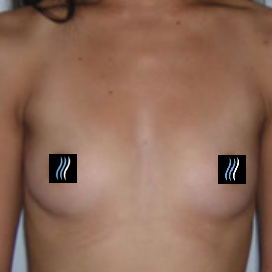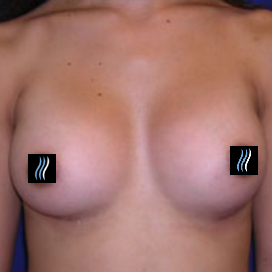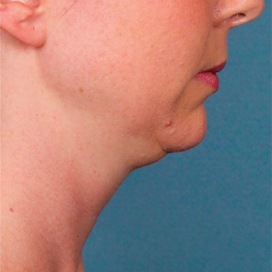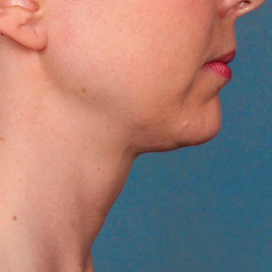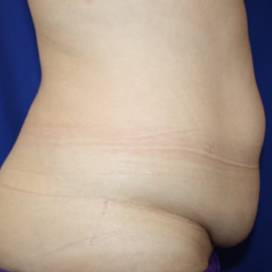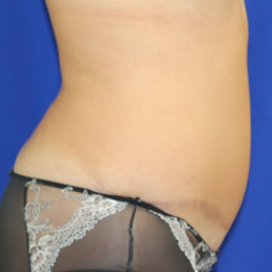Implant Placement
Conveniently located to serve the areas of Honolulu, HI

The first problem is that there is no best answer for any one person. Each person’s own physical characteristics may make the choice for one woman or her surgeon entirely different than the choice for another. Another problem is apparent confusion about the medical terminology that applies to this issue.
“Over the Muscle” or Subglandular – this means placement of the implant above the pectoral muscles but below the mammary gland. Technically, all implants are subglandular because implants placed below muscle are also below the mammary gland. However, this term refers to placement just below the mammary glands and above the muscle. This placement is also referred to as retroglandular or submammary.
Pros:
— Less complicated surgery, usually with less pain and a quicker recovery, since it does not involve the muscle. As shown in the illustration at left, the implant is “simply” placed below the glands but the muscle is not affected.
— As discussed below, women with a small amount of ptosis (sag) may opt for “overs” if trying to get some lift without a partial or full mastopexy (breast lift).
— In bodybuilding women, “over” placement avoids the appearance which can result, during flexing of muscles, when implants have been placed under the muscle.
Cons:
— Capsular contracture is more likely.
— Mammography can be obscured and, at best, is more difficult.
— The risk of visible rippling of the implant is heightened because very little separates the implant from view.
— Little support for weight of implant creates risk of needing a lift later.
“Under the Muscle” – Subpectoral – often loosely referred to as “submuscular,” Subpectoral means placement of the implant below the pectoralis major muscle. In subpectoral placement, the implant is only partially submuscular due to the nature of the pectoral muscle under which the implant is placed. The lower half of the implant is not covered by muscle in this type of placement. This placement is also referred to as retropectoral.
